

- RFQ
- BOM
-
Contact Us
Tel: +86-0755-83501315
Email: sales@sic-components.com
- Chinese
- English
- French
- German
- Portuguese
- Spanish
- Russian
- Japanese
- Korean
- Arabic
- Irish
- Greek
- Turkish
- Italian
- Danish
- Romanian
- Indonesian
- Czech
- Afrikaans
- Swedish
- Polish
- Basque
- Catalan
- Esperanto
- Hindi
- Lao
- Albanian
- Amharic
- Armenian
- Azerbaijani
- Belarusian
- Bengali
- Bosnian
- Bulgarian
- Cebuano
- Chichewa
- Corsican
- Croatian
- Dutch
- Estonian
- Filipino
- Finnish
- Frisian
- Galician
- Georgian
- Gujarati
- Haitian
- Hausa
- Hawaiian
- Hebrew
- Hmong
- Hungarian
- Icelandic
- Igbo
- Javanese
- Kannada
- Kazakh
- Khmer
- Kurdish
- Kyrgyz
- Latin
- Latvian
- Lithuanian
- Luxembou..
- Macedonian
- Malagasy
- Malay
- Malayalam
- Maltese
- Maori
- Marathi
- Mongolian
- Burmese
- Nepali
- Norwegian
- Pashto
- Persian
- Punjabi
- Serbian
- Sesotho
- Sinhala
- Slovak
- Slovenian
- Somali
- Samoan
- Scots Gaelic
- Shona
- Sindhi
- Sundanese
- Swahili
- Tajik
- Tamil
- Telugu
- Thai
- Ukrainian
- Urdu
- Uzbek
- Vietnamese
- Welsh
- Xhosa
- Yiddish
- Yoruba
- Zulu
- Kinyarwanda
- Tatar
- Oriya
- Turkmen
- Uyghur
Precision Instrumentation Amplifier
In the realm of electronic circuits, precision is paramount, especially when dealing with small, noisy, and fluctuating signals. This is where Precision Instrumentation Amplifiers (PIAs) (https://www.sic-components.com/amplifierscategory-1) come into play. These specialized amplifiers are designed to provide high - accuracy amplification of low - level input signals while rejecting common - mode noise, making them indispensable in a wide range of applications.
1. Definition of Precision Instrumentation Amplifier
A Precision Instrumentation Amplifier is a high - performance amplifier circuit that is optimized for measuring and amplifying small differential input signals in the presence of large common - mode voltages. It offers excellent precision in terms of gain accuracy, low offset voltage, low drift over temperature, and high common - mode rejection ratio (CMRR). The amplifier's main function is to take a small difference between two input voltages, amplify it accurately, and present a clean, amplified output signal that is proportional to the input differential voltage.
2. Types of Precision Instrumentation Amplifiers
2.1 Three - Op - Amp Configuration
This is one of the most common types of instrumentation amplifiers. It consists of two input - buffer op - amps followed by a difference amplifier stage. The input buffers provide high input impedance, which is crucial for accurately measuring signals from high - impedance sources. The difference amplifier then amplifies the differential signal while rejecting the common - mode signal. The three - op - amp configuration offers good performance in terms of CMRR, gain accuracy, and low noise.
2.2 Integrated Circuit (IC) - Based Precision Instrumentation Amplifiers
Modern technology has led to the development of highly integrated precision instrumentation amplifier ICs. These ICs integrate all the necessary components (such as op - amps, resistors, and sometimes even trimming circuits) on a single chip. They offer advantages like small size, ease of use, and consistent performance. Some IC - based precision instrumentation amplifiers also come with additional features such as adjustable gain, built - in calibration, and low - power operation.
2.3 Hybrid Precision Instrumentation Amplifiers
Hybrid amplifiers combine the benefits of discrete components and integrated circuits. They may use high - performance discrete op - amps along with precision - matched resistors on a single printed circuit board (PCB). Hybrid precision instrumentation amplifiers can be customized to meet specific application requirements, offering a balance between performance, cost, and flexibility.
3. Features and Benefits
3.1 High Common - Mode Rejection Ratio (CMRR)
One of the key features of precision instrumentation amplifiers is their high CMRR. CMRR is a measure of the amplifier's ability to reject common - mode signals (signals that are present equally on both inputs) while amplifying the differential signal. A high CMRR ensures that the amplifier can accurately measure small differential signals even in the presence of large common - mode voltages, which is common in industrial and measurement applications. For example, in a temperature - sensing application where the sensor output is a small differential signal, but there may be electrical noise (common - mode) in the environment, a high - CMRR instrumentation amplifier can extract the useful signal from the noise.
3.2 Low Offset Voltage and Drift
Precision instrumentation amplifiers have very low offset voltage, which is the small difference in voltage between the two inputs when the output should ideally be zero. Additionally, they exhibit low drift over temperature, meaning that the offset voltage does not change significantly with temperature variations. This is essential for applications that require long - term stability and accuracy, such as in scientific research and precision measurement systems. For instance, in a long - term environmental monitoring setup, where temperature fluctuations are inevitable, a low - drift precision instrumentation amplifier will ensure that the measured data remains accurate over time.
3.3 High Input Impedance
The high input impedance of precision instrumentation amplifiers allows them to measure signals from sources without loading the source circuit. This is important when dealing with sensors or other signal sources that have high output impedance. By not loading the source, the amplifier can accurately measure the true signal voltage without introducing errors due to voltage division. For example, in a biomedical application where a high - impedance electrode is used to measure the electrical activity of the human body, a high - input - impedance precision instrumentation amplifier can capture the signal accurately without disturbing the body's electrical field.
3.4 High Gain Accuracy and Stability
These amplifiers offer precise and stable gain. The gain can be set either internally (in the case of some IC - based amplifiers with fixed gain) or externally (using resistors). The high gain accuracy ensures that the output signal is an exact multiple of the input differential signal, and the stability of the gain over time and temperature variations guarantees consistent performance. This is crucial in applications such as data acquisition systems, where accurate signal amplification is required for reliable data interpretation.
3.5 Low Noise
Precision instrumentation amplifiers are designed to have very low noise levels. Noise can corrupt the input signal and lead to inaccurate measurements. By minimizing noise, these amplifiers can accurately amplify even the smallest input signals. In applications like atomic force microscopy, where the measured signals are extremely weak, low - noise precision instrumentation amplifiers are essential for obtaining clear and reliable results.
4. Applications
4.1 Industrial Measurement and Control
In industrial settings, precision instrumentation amplifiers are used for a variety of measurement and control tasks. They can be used to amplify signals from sensors such as pressure sensors, strain gauges, and temperature sensors. For example, in a manufacturing plant, strain gauges are attached to machine components to monitor stress levels. The small electrical signals generated by the strain gauges are amplified by precision instrumentation amplifiers, allowing for accurate monitoring and control of the machine's operation. They are also used in process control systems to measure and control variables such as flow rate, level, and composition.
4.2 Biomedical Engineering
In the field of biomedical engineering, precision instrumentation amplifiers play a vital role. They are used to amplify the weak electrical signals generated by the human body, such as electrocardiogram (ECG), electroencephalogram (EEG), and electromyogram (EMG) signals. These signals are typically in the microvolt range and are often accompanied by significant noise. The high - CMRR, low - noise, and high - input - impedance characteristics of precision instrumentation amplifiers make them ideal for accurately measuring and amplifying these signals, which is crucial for medical diagnosis and research.
4.3 Scientific Research
Precision instrumentation amplifiers are essential in scientific research applications. They are used in experiments where precise measurement of small signals is required, such as in physics experiments involving the detection of minute electrical signals from particle detectors, or in chemistry experiments for measuring the electrical properties of substances. The high accuracy and stability of these amplifiers ensure that the experimental data obtained is reliable and valid.
4.4 Data Acquisition Systems
Data acquisition systems rely on precision instrumentation amplifiers to accurately amplify the input signals before they are digitized. These systems are used in a wide range of applications, from environmental monitoring to test and measurement equipment. The high - gain accuracy and low - noise characteristics of the amplifiers ensure that the digitized data accurately represents the original input signals, enabling accurate analysis and interpretation of the data.
5. Selection Factors
5.1 Gain Requirements
The first factor to consider when selecting a precision instrumentation amplifier is the required gain. Different applications may require different levels of signal amplification. Some amplifiers have fixed gain, while others offer adjustable gain. If the application requires a specific gain value that is not available in a fixed - gain amplifier, an amplifier with adjustable gain (either through external resistors or internal digital control) should be selected.
5.2 Input Range
It is important to ensure that the selected amplifier can handle the expected range of input voltages. The input range should cover the full range of the signals that the amplifier will receive, including any possible over - range conditions. If the input voltage exceeds the amplifier's input range, it can lead to distortion or damage to the amplifier.
5.3 CMRR Requirements
The required common - mode rejection ratio depends on the application environment. In noisy environments where there are large common - mode voltages, a higher CMRR is required to accurately measure the differential signal. For example, in industrial applications near high - voltage power lines, an amplifier with a very high CMRR should be selected to reject the common - mode noise induced by the power lines.
5.4 Offset Voltage and Drift
For applications that require high accuracy and long - term stability, low offset voltage and low drift over temperature are crucial. If the application is sensitive to small changes in the input - output relationship, an amplifier with extremely low offset voltage and drift should be chosen. This is particularly important in applications such as precision weighing systems or long - term data logging.
5.5 Noise Performance
In applications where the input signals are very weak, the noise performance of the amplifier becomes a critical factor. The amplifier's noise figure should be as low as possible to avoid corrupting the weak input signal. For example, in astronomical imaging systems, where the signals from celestial objects are extremely faint, a low - noise precision instrumentation amplifier is essential for obtaining clear images.
5.6 Power Supply Requirements
The power supply requirements of the amplifier need to be considered, including the voltage levels and power consumption. Some applications may have limited power available, so a low - power amplifier may be required. Additionally, the amplifier should be compatible with the available power supply voltages in the system.
5.7 Size and Packaging
The physical size and packaging of the amplifier can also be an important consideration, especially in applications where space is limited. Integrated circuit - based amplifiers usually offer smaller form factors compared to hybrid or discrete - component - based amplifiers. The packaging should also be suitable for the application environment, such as being able to withstand high temperatures or harsh environmental conditions.
6. Difference between Instrumentation and Precision Amplifiers
6.1 Definition and Focus
Instrumentation amplifiers, in general, are designed to amplify small differential signals while rejecting common - mode signals. They are widely used in measurement and instrumentation applications. Precision amplifiers, on the other hand, place a greater emphasis on achieving extremely high levels of accuracy in terms of gain, offset voltage, and drift. Precision instrumentation amplifiers can be considered as a subset of instrumentation amplifiers that combine the signal - conditioning capabilities of instrumentation amplifiers with the high - precision characteristics of precision amplifiers.
6.2 Performance Specifications
•Gain Accuracy: Precision amplifiers typically offer higher gain accuracy compared to standard instrumentation amplifiers. Precision instrumentation amplifiers can have gain accuracies within a few tenths of a percent or even better, while standard instrumentation amplifiers may have slightly lower accuracy.
•Offset Voltage and Drift: Precision amplifiers have extremely low offset voltages and very low drift over temperature. In contrast, while instrumentation amplifiers also have good offset - voltage and drift characteristics, they may not match the ultra - low values of precision amplifiers. This makes precision amplifiers (including precision instrumentation amplifiers) more suitable for applications where long - term stability and high accuracy are critical, such as in calibration equipment or high - end scientific instruments.
•Noise Performance: Precision amplifiers often have better noise performance, especially at low frequencies. This is important for applications that deal with very weak signals. Although instrumentation amplifiers also have relatively low noise, precision amplifiers are optimized to minimize noise even further.
6.3 Application Areas
Instrumentation amplifiers are commonly used in a wide range of general - purpose measurement and control applications, such as basic industrial monitoring, simple sensor interfacing, and non - critical data acquisition. Precision amplifiers, including precision instrumentation amplifiers, are used in more demanding applications where high accuracy is essential, such as in metrology (measurement science), high - precision weighing systems, and advanced medical diagnostic equipment.
In conclusion, precision instrumentation amplifiers are essential components in modern electronic systems that require high - accuracy signal amplification. Their unique features and benefits make them suitable for a diverse range of applications, and understanding the selection factors and the differences between them and other types of amplifiers is crucial for making the right choice in any given application.
7. Precision Instrumentation Amplifier's Futures
Precision instrumentation amplifiers will see continuous improvements in offset voltage, gain accuracy and noise performance for higher precision and lower noise, enabling minimal-error amplification of extremely weak signals. Low-power designs meeting battery-powered needs like wearables and IoT, along with high-speed ones for audio, video and communication signals, will advance via CMOS and adaptive biasing. Digital features allow flexible gain control and multi-protocol communication. Multichannel architectures boost system performance while reducing wiring. Integration with IoT and AI enhances compatibility. Miniaturization and high integration via semiconductor tech cut size and cost. Novel concepts like nanotechnology and quantum devices will unlock higher sensitivity and new functionalities.
https://www.sic-components.com/amplifierscategory-1

Hot Products
View MoreRelated Blogs

2000+
Daily average RFQ Volume

30,000,000
Standard Product Unit

2800+
Worldwide Manufacturers

15,000 m2
In-stock Warehouse



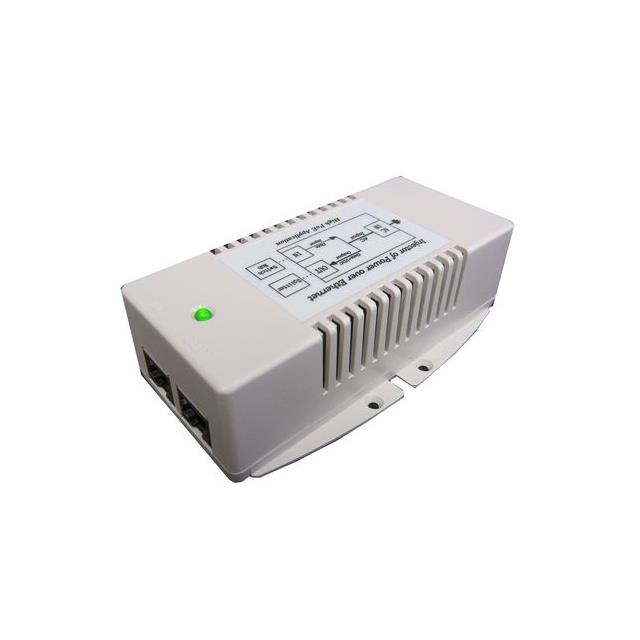


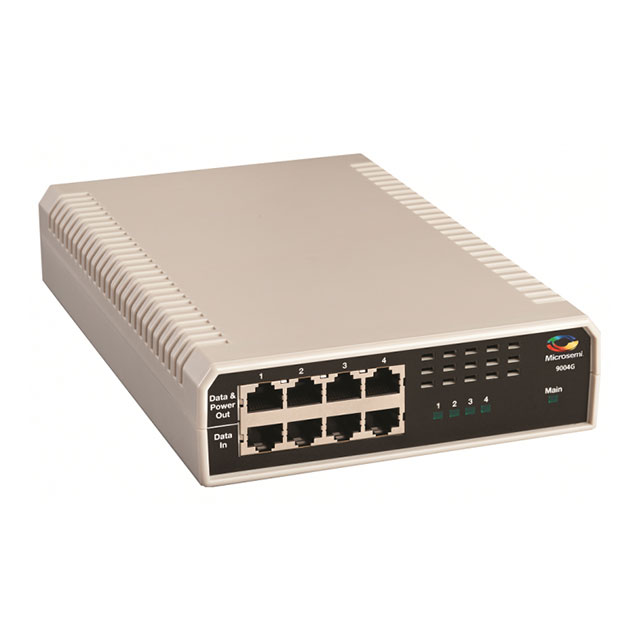
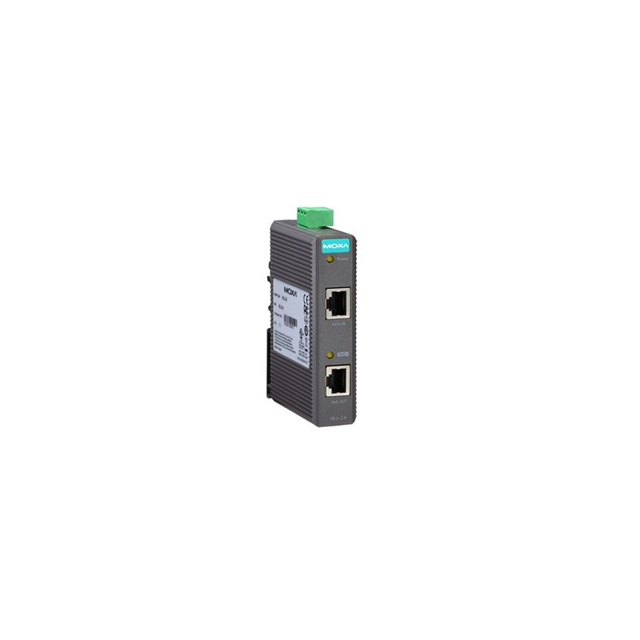
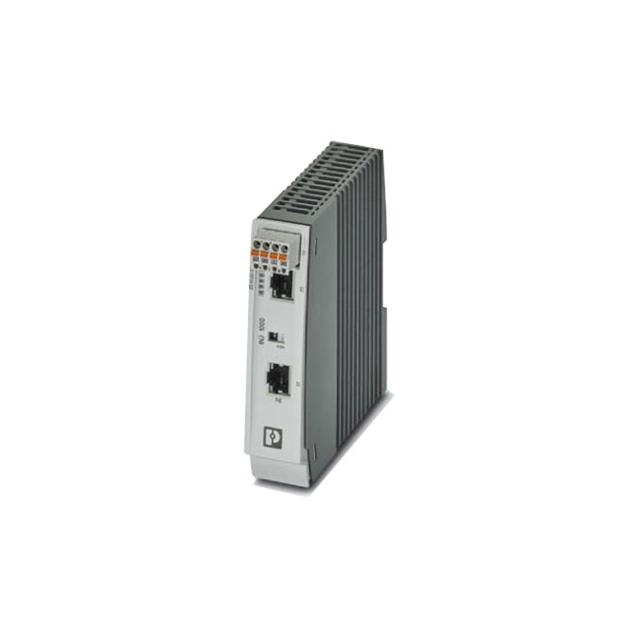
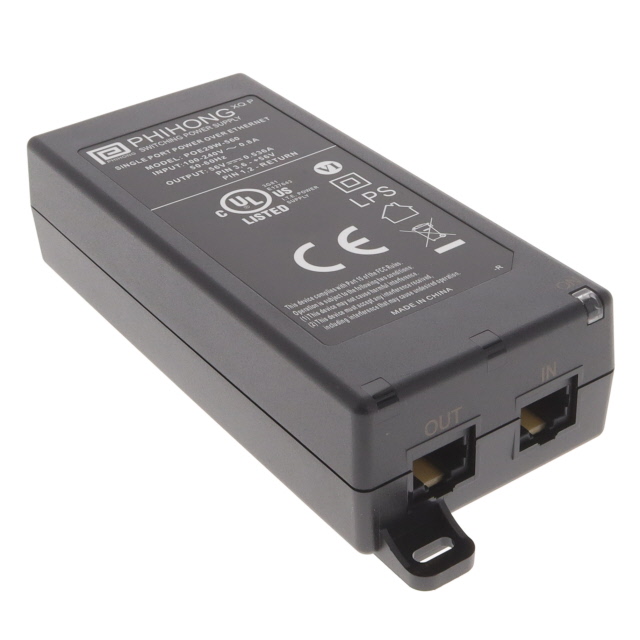
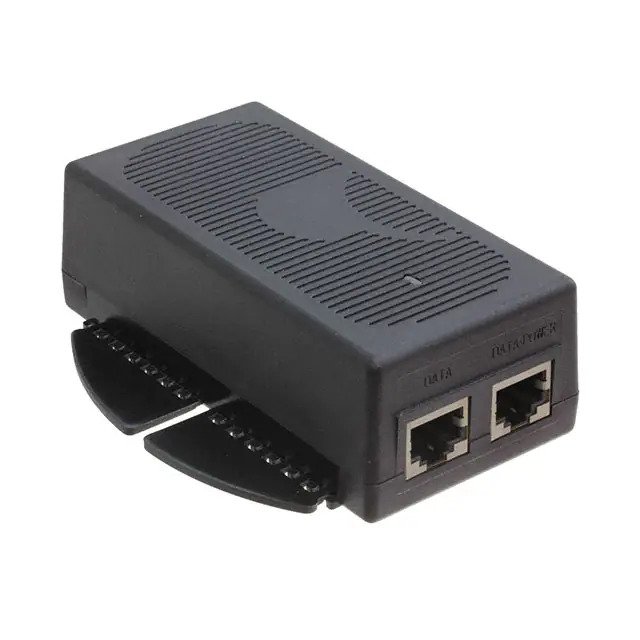
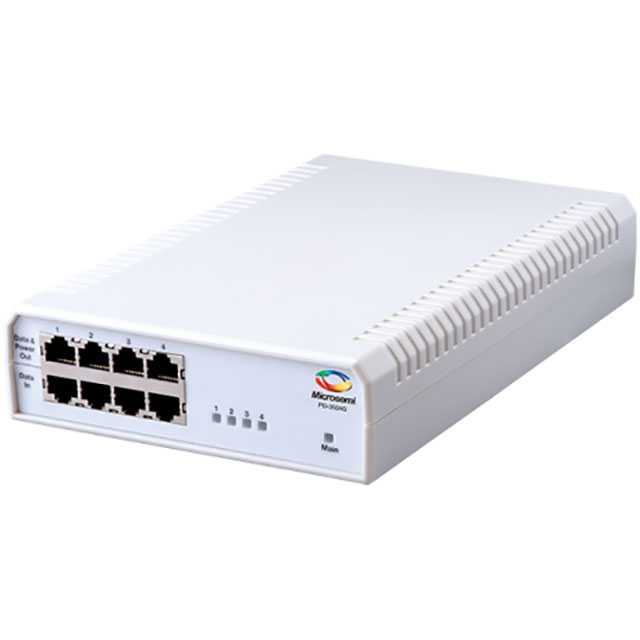
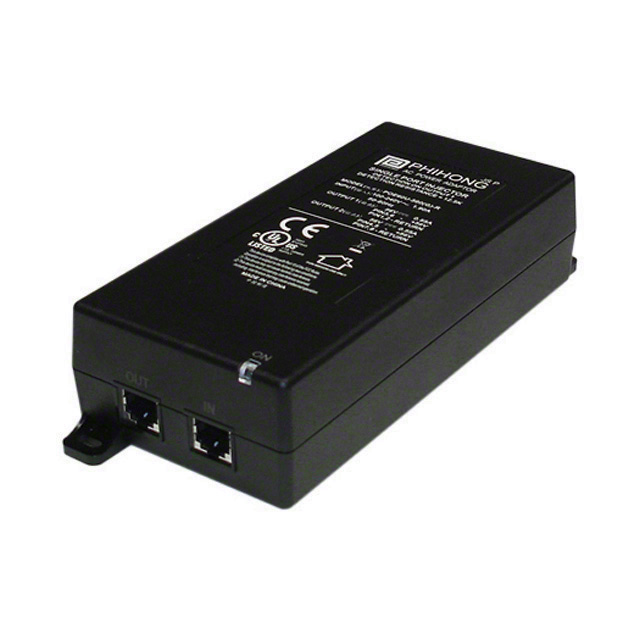
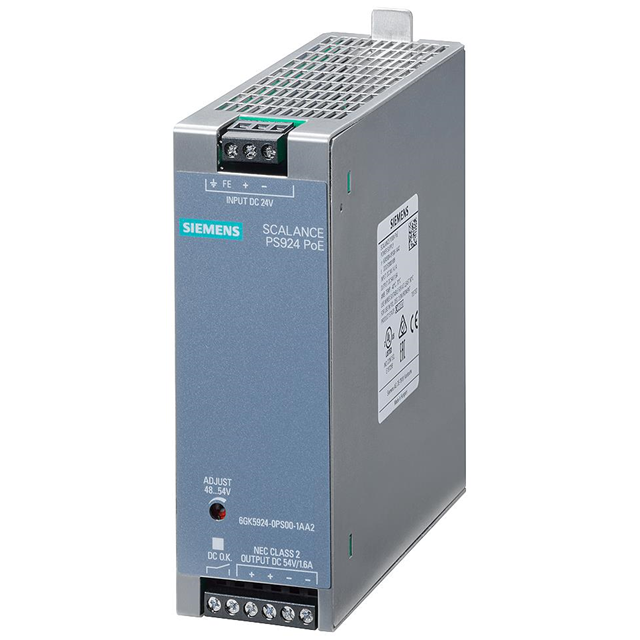









 Wishlist (0 Items)
Wishlist (0 Items)